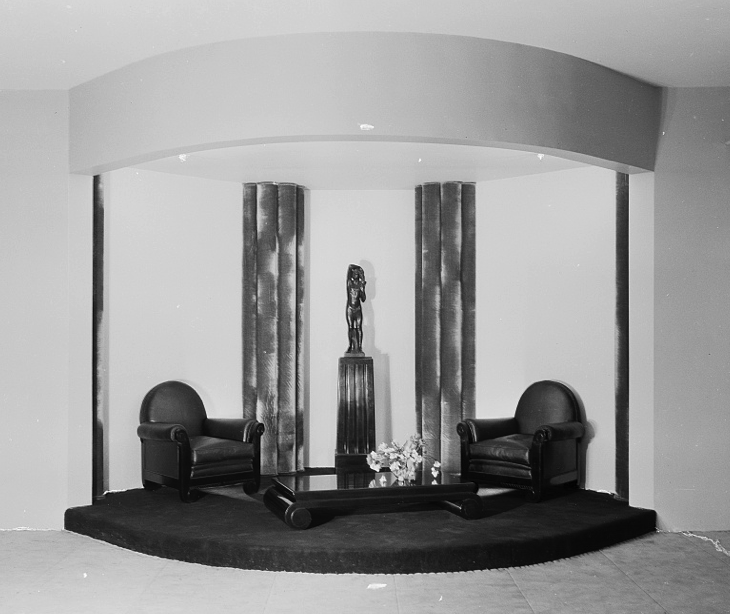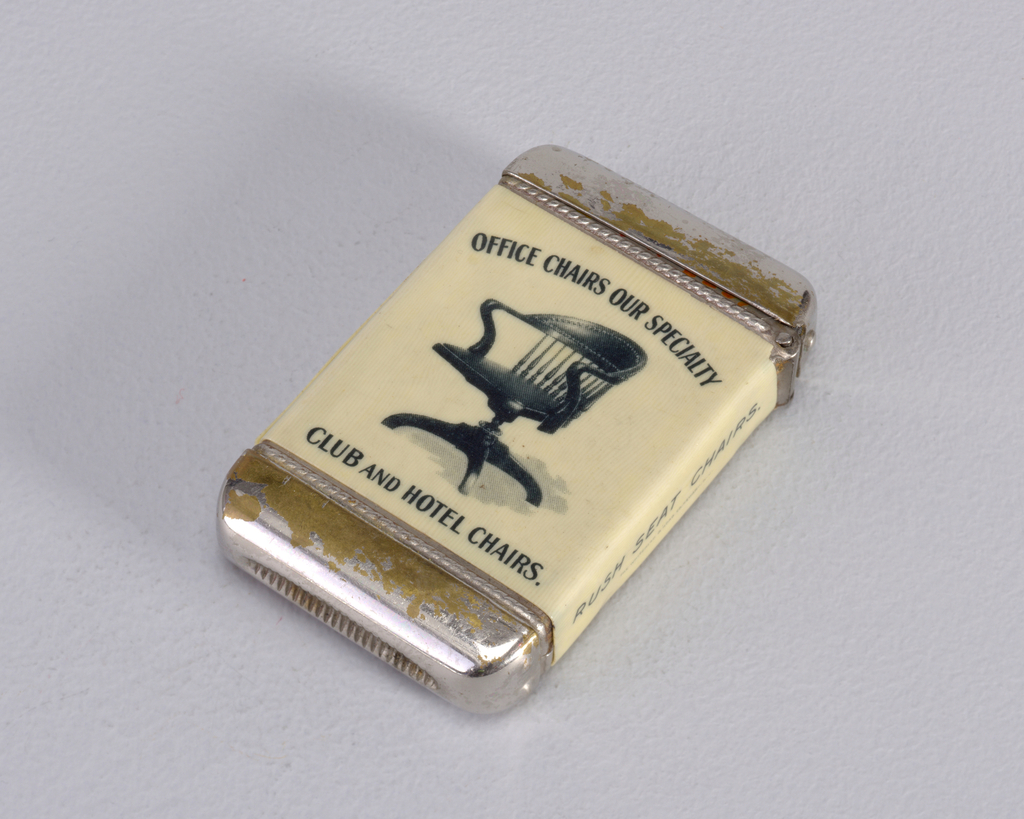This is a gilt bronze furniture mount made in France, in about 1800. Highly decorative mounts like this one were important elements in interior and furniture design from the late seventeenth to the early nineteenth centuries. They were created by master artisans trained in a strict guild system which applied exacting standards to the fabrication...
In a 1929 article for The Studio, Charlotte Perriand, the designer of this stool, wrote polemically about the advantages of using metal over wood, noting its utilitarian and aesthetic value. She said, “Metal plays the same part in furniture as cement has done in architecture. It is a Revolution.”[1] Her now-iconic B306 chaise longue made...
The celebrated American designer Wendell Castle was known as the "father of the art furniture movement."
The theme of this Royal Jewel Cabinet from France, dated 1824-26, is no doubt indulgence in all forms – especially love and extravagance. Its rich iconography displays symbols of love and jewels, where antiquity is mixed with early-nineteenth century depictions of flowers.[1] The cabinet is constructed of porcelain plaques in a gilt-bronze armature. A golden...
In the 1920s, the New York department store was an early promoter and exhibitor of European modernism and a distiller of these new styles for the American consumer. Good Furniture magazine reported in 1928 that “Lord and Taylor has taken a very definite step forward toward the actual placing of modern furniture in American homes.”[1]...
Join curator Sarah Coffin for a Facebook Live tour of The Jazz Age: American Style in the 1920s.
Hans J. Wegner was a pioneer in modern Danish design in the 1950s and 1960s. Having designed more than 500 chairs throughout his career, with 100 of them being mass-produced, he has been affectionately known within the design world as the “Master of the Chair”. His ingenious use of natural materials, in particular his admiration...
Cooper Hewitt holds a large number of matchsafes: small, metal boxes that emerged around 1830 to house recently invented friction matches. Vital for lighting lanterns, kitchen stoves and smoking accessories, people from all walks of life carried matchsafes, or vesta cases. The air-tight containers kept matches dry and reduced the risk of spontaneous ignition, a...
This cleverly designed library table conceals a nearly six-foot ladder, whose steps may be put up or taken down in mere seconds. It was built after designs published in 1793 by the London cabinet maker Thomas Sheraton, who in turn was inspired by a piece made by Robert Campbell for the private library of Prince...








